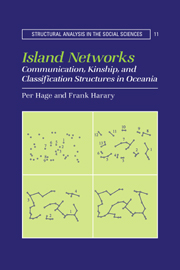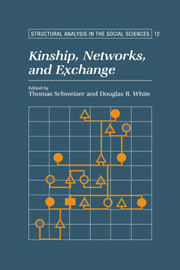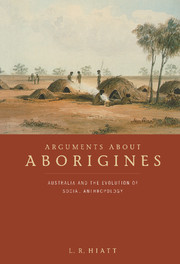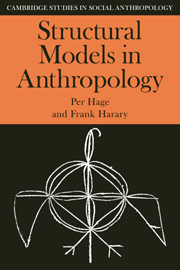Island Networks
Contrary to common perception and belief, most island societies of the Pacific were not isolated, but were connected to other island societies by relations of kinship and marriage, trade and tribute, language and history. Using network models from graph theory the authors analyze the formation of island empires, dialect groups, economic and political centers; the evolution and devolution of social stratification; and the development of kinship terminologies, marriage systems and descent groups.
- Demonstrates the use of graph theory in cultural anthropology at a level accessible to the non-mathematical reader
- Extends the models used in the authors' other two books to apply them to communication, kinship and classification structures
- A unique and important contribution to Oceania studies, anthropology and social network analysis in general
Reviews & endorsements
"This unique and important work makes fascinating reading and should have a wide audience among both graph theorists and social scientists...and will undoubtedly have a great deal of influence in the further development of analytic methods in social science." Bulletin of the Institute of Combinatorics
"...highly useful to all specialists in Pacific Island anthropology as well as to those with a special methodological interest in network analysis and mathematical models." A. Arno, Choice
"Their approach is particularly valuable to the study of communication in Pacific Island societies and regional systems from a process-oriented perspective..." A.Arno, Choice
Product details
February 2007Paperback
9780521033213
320 pages
229 × 152 × 19 mm
0.477kg
121 b/w illus. 4 maps 10 tables
Available
Table of Contents
- List of figures, tables, and maps
- Preface
- Acknowledgements
- 1. Island networks and graphs
- 2. Trees
- 3. The minimum spanning tree problem
- 4. Search trees I
- 5. Search trees II
- 6. Centrality
- 7. Dominating sets
- 8. Digraphs
- 9. Conclusion
- References
- Index.






